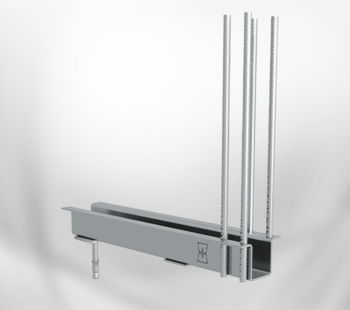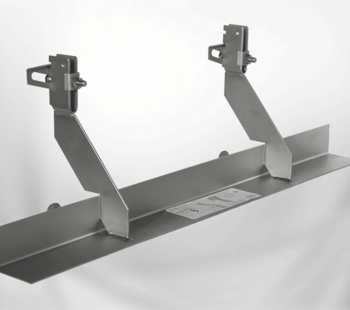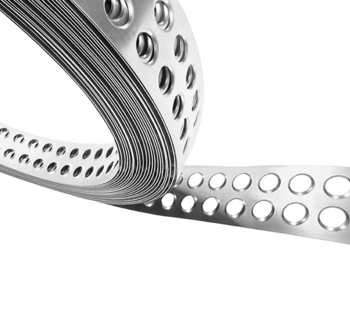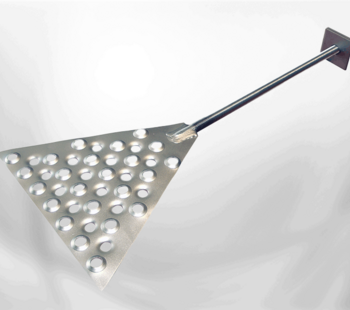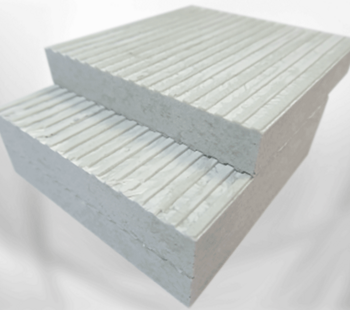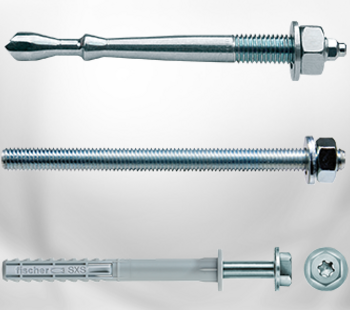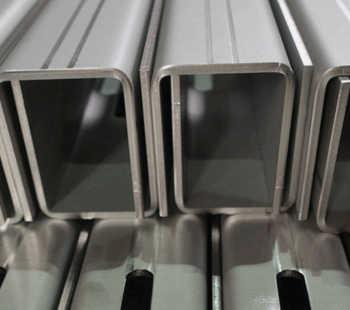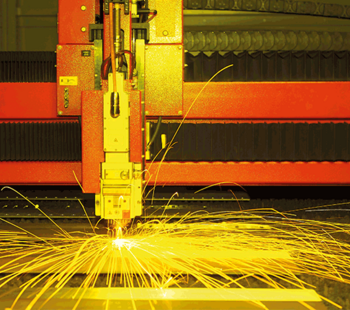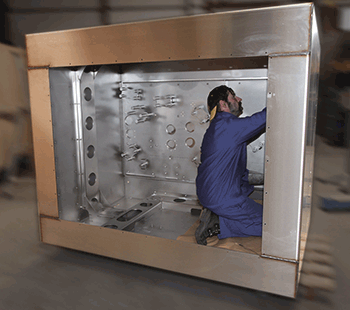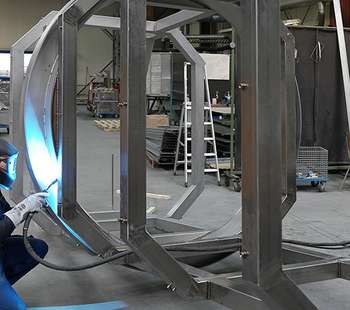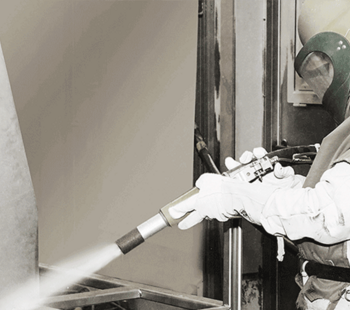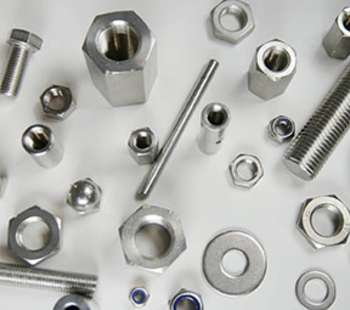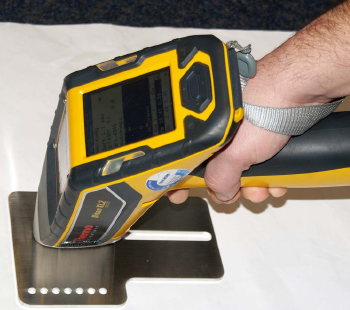- Construction
- Industry
- References
- Our Services
- Worth knowing
In 2002, Wilhelm Modersohn became aware of the SAF2304 (1.4362) material through Avesta in Sweden. In 2003 Modersohn introduced the first Lean Duplex steel for system products in the German market for fastening systems.
- Downloads
- Company
![Ideogramm Modersohn Stainless Steel Bild Unternehmen Navigation]()
As an independent representative of fastening systems from the company Lutz from Wertheim, Wilhelm Modersohn sen. had recognised early on that there was a great demand in the market for fastenings in the area of masonry facades. In March 1970, he and two employees founded the company, which today has over 140 employees.
Stainless steel our passion & competence
Stainless steel our passion & competence
Pickling
Damage to the protective passive layer (chromium oxide layer) on Stainless steel components, caused by mechanical and thermal processing (e.g. grinding, brushing, Laser cutting, welding, etc.), leads to the formation of corrosion after only a short time. The best method to prevent this is pickling for high-alloy stainless steels with at least 16% chromium content.
Performance data
- Part sizes up to 1,200 x 1,600 x 5,500 mm
- Piece weights small pickle: up to max. 200 kg
spray pickling : up to max. 1,300 kg per trolley (4 pieces in total) - Only high-alloy, stainless steels with at least 16 % chromium can be pickled.
For simple, ferritic steels, we recommend glass bead blasting or grinding.
Procedure
The whole thing works like a big oversized dishwasher. The parts are transported into the cabin on rail wagons with baskets, suspended frames or bulk supports. After the degreasing and pickling processes, the detergent residues are removed again by rinsing and vacuuming. A considerable amount of manual work is eliminated.
The processing is also characterised by the fact that it is carried out by hand:
- through low consumption of stain
- through uniform and effective wetting of large and small parts
- through constant contact of the pickling solution with oxygen
- and therefore more effective pickling results than with immersion pickling
